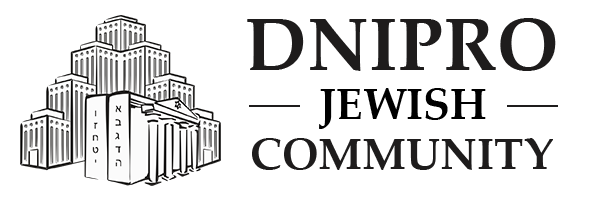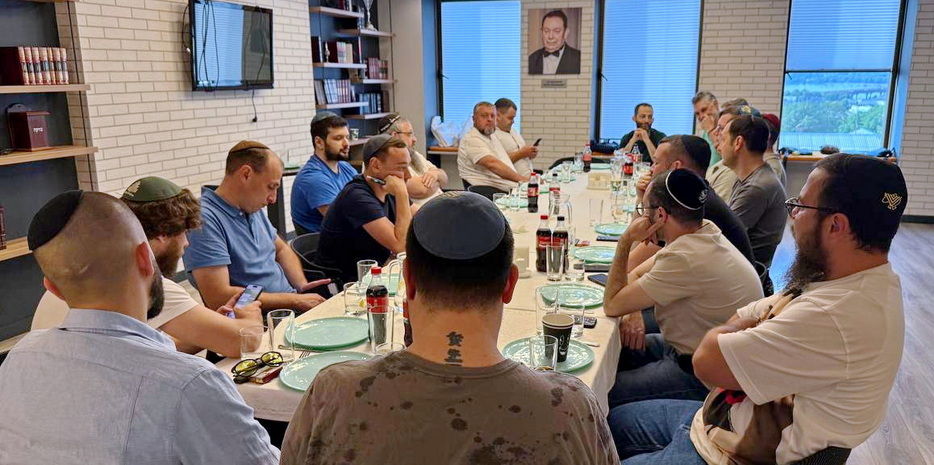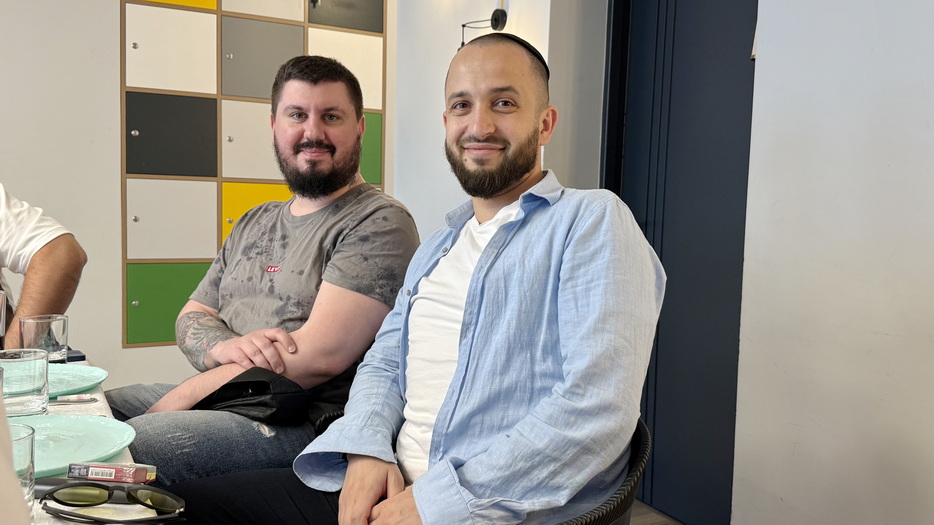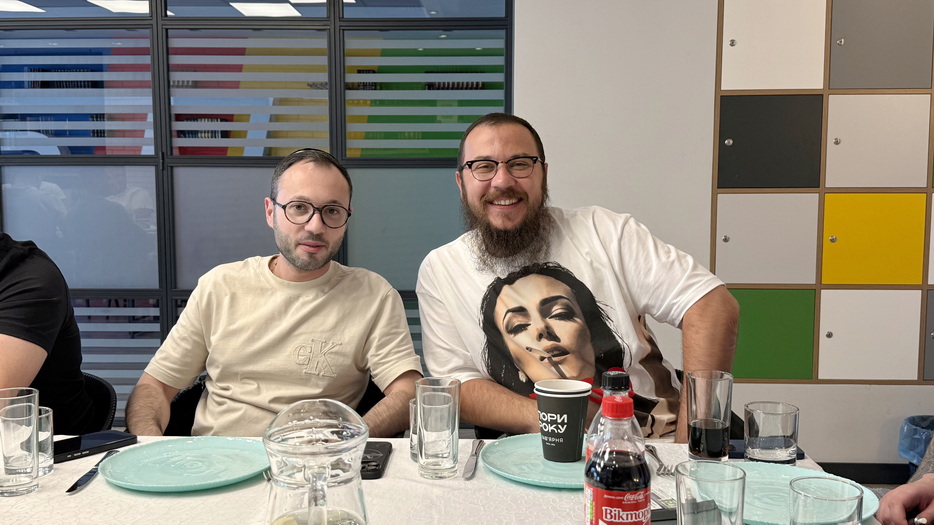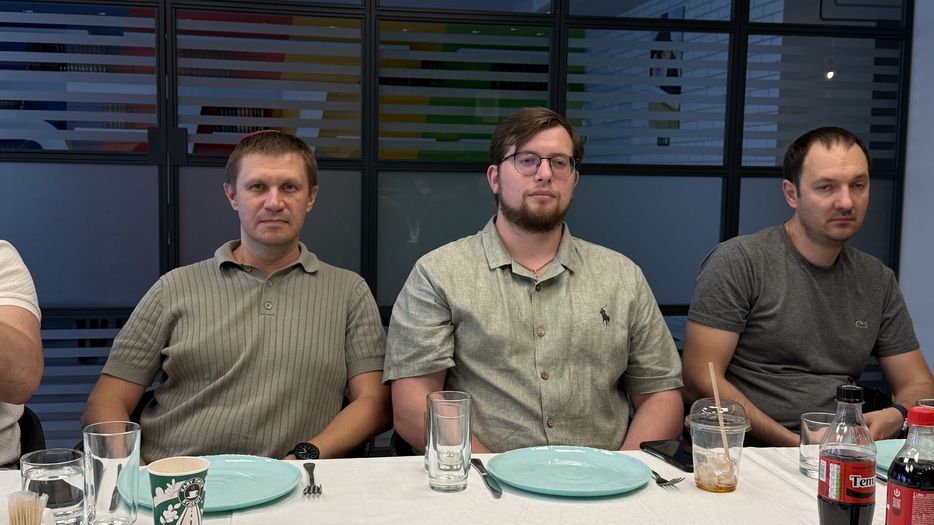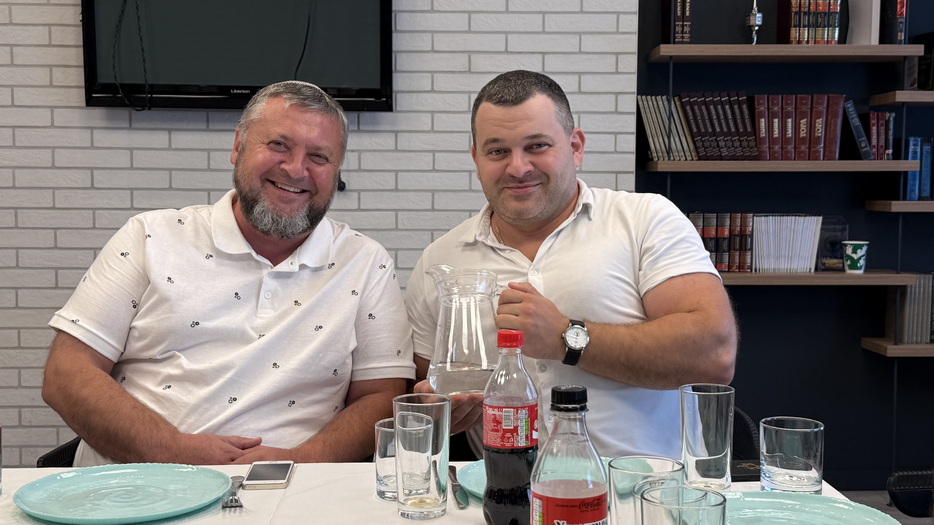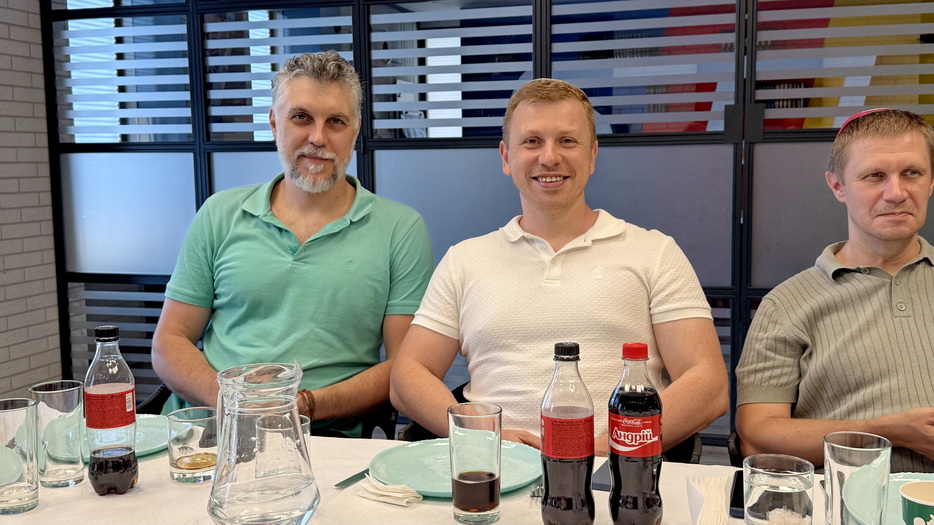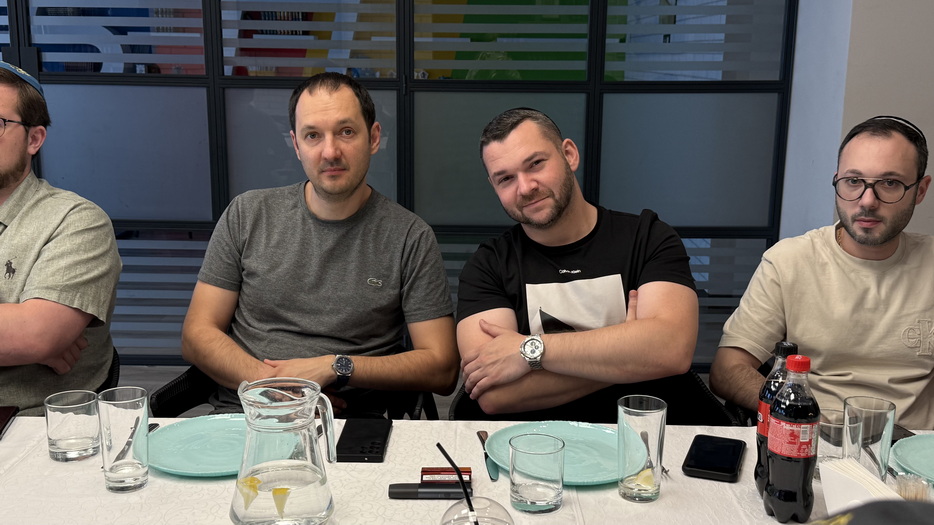The latest men’s session of the Menorah Community youth project, run by the Jewish Community of Dnipro and actively growing thanks to the efforts of the Zislin family, focused on the dates of 12–13 Tammuz — days celebrated in Chassidic tradition as the “Day of Liberation.”
The session was led by Rabbi Akiva Romanovsky, who delved into the spiritual essence of the events that took place in the summer of 1927 — the arrest of the Sixth Lubavitcher Rebbe, Yosef Yitzchak Schneersohn, by the Soviet regime. He was accused of “counterrevolutionary activity” — which, in communist terms, meant his efforts to preserve Jewish religious education, support Jewish communities, organize cheders, mikvahs, kosher slaughter, and care for synagogues throughout the USSR. For these “crimes,” the Rebbe Rayatz was sentenced to death, which was later commuted to 10 years in prison, then to 3 years of exile. Finally, on 12 Tammuz — his birthday — his release from exile was announced, and on 13 Tammuz, he was physically freed from prison. This day became officially known as the Day of Liberation.
However, the deeper meaning of this event goes far beyond its historical timeline. Both the Rebbe Rayatz and his illustrious son-in-law, the Seventh Lubavitcher Rebbe, Menachem Mendel Schneerson, emphasized that this liberation was not personal — it was a miracle for the entire Jewish people, symbolizing the enduring strength of faith and the victory of the Jewish spirit over oppressive regimes.
During the session, Menorah Community participants engaged in passionate discussion about the Rebbe’s unwavering faith in G-d and the strength of the Jewish soul. Inspired and uplifted, they fulfilled the mitzvah of tefillin and held a small farbrengen, celebrating the spiritual and historical significance of these dates.
“These gatherings fill us with pride in our heritage and deepen our desire to stay connected to Jewish tradition,” noted Menorah Community project leader Levi Zislin.
